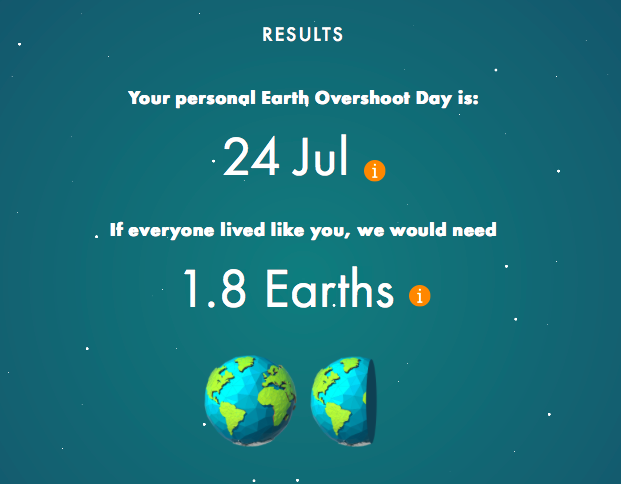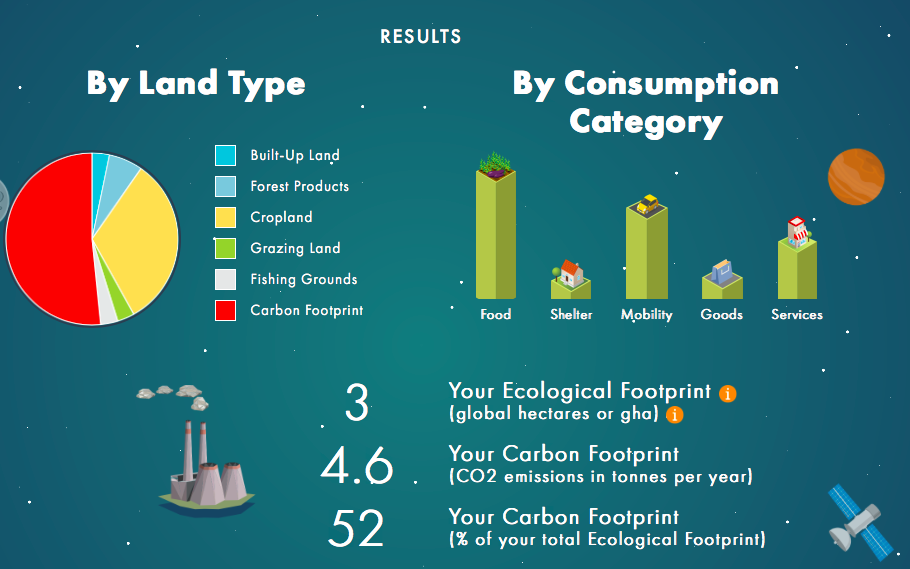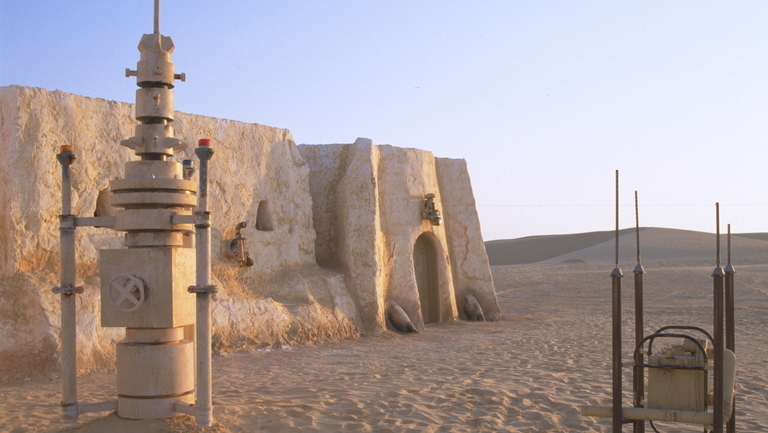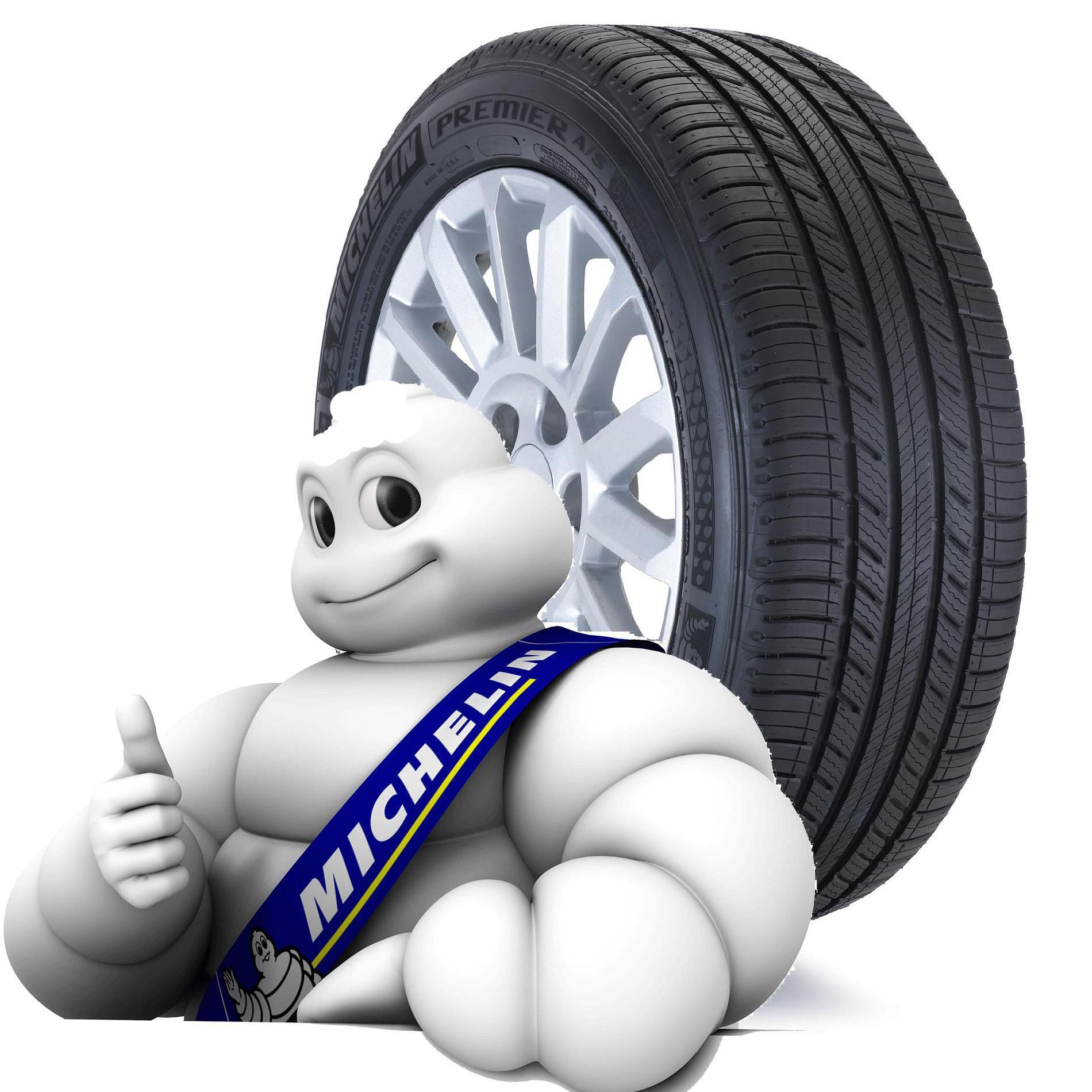I use Aveeno daily moisturizing lotion every single day. I’ve been using this product for years and I love it. One of the reasons is because it is not perfume scented, which if I smell for too long gives me a headache. Another reason is because I have very dry hands and when I use it on my arms and legs, it leaves them looking good for the rest of the day.
Ingredients for Aveeno daily moisturizing lotion
- Dimethicone
- Water
- Glycerin
- Distearyldimonium Chloride
- Pertolatum
- Isopropyl Palmitate
- Cetyl Alochol
- Avena Sativa (Oat) Kernel Flour
- Benzyl Alcohol
- Sodium Chloride
In middle school, we had to do an assignment for health class where were to look at the Nutritional Facts for a couple of food products. It got me into the habit of checking the backs of foods packages whenever I buy something I haven’t used eaten before. I never even considered doing the same for personal care products (partially because I knew I won’t understand what majority of the stuff is). From the EWG’s Skin Care website ( http://www.ewg.org/skindeep/#.WtfbSy-ZPBI) I learned that the worst ingredient in my lotion is benzyl alcohol and decided to further into this chemical. According to EWG’s, some of the concerns regarding this ingredient are: Organ system toxicity (non-reproductive), Allergies/immunotoxicity.
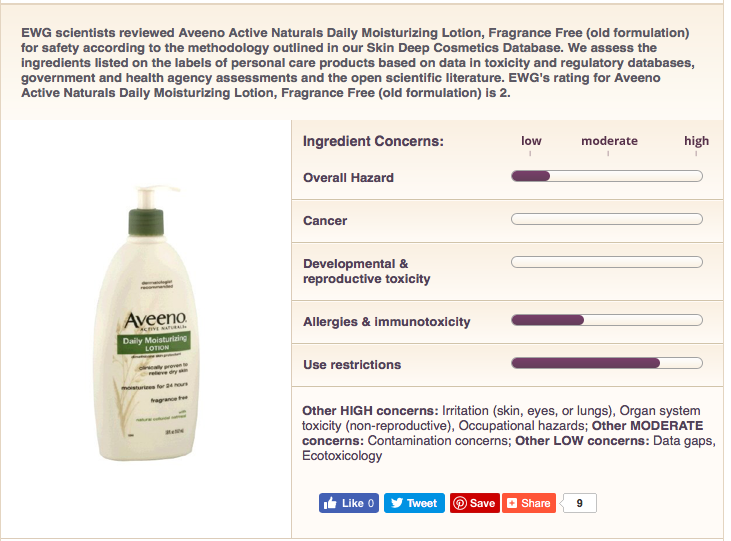
Using the EPA website, (https://chemview.epa.gov/chemview) I looked further into this chemical to see what other fun surprises it’s hiding. But I didn’t find anything too nightmare inducing (which I took as a good sign) and moved to the CDC and see what they had to say about it. I was a little alarmed when I read the title “Neonatal Deaths Associated with Use of Benzyl Alcohol—United States.” Checking the date, I realized it was 36 years old. After some investigation, the FDA recommended that intravascular flush solutions containing benzyl alcohol not be used for newborns and that diluents with this preservative not be used as medications for these infants.”
In an interesting video called “The Story of Cosmetics” Annie Leonard (who narrated and wrote it) said that the FDA does not regulate the cosmetics industry which I find to be ridiculous. I agree with Leonard that in this case, we could use more government intervention. She mentioned the Precautionary Principle, a policy that restricts usage of a substance that is known to be a bioaccumulative regardless if it’s been determined to be toxic, that I remembered from Okala chapter 15. The chapter mentioned that the European Union follows the principle but the U.S. does not. It also talks about toxicity, persistence, and bioaccumulation. Benzyl alcohol is toxic enough to be rated 5 (moderate).
Lotion is not something I can eliminate because my skin gets very dry. Although, I can substitute it with organic lotion. It is more expensive so I was thinking since the rating for Aveeno is not too bad, I can keep using it. But then I realized I can buy organic lotion on Amazon for a pretty good price. And since it lasts me a while, I won’t mind paying more for a once-in a-while higher price than I normally would. I actually went on Amazon and found an organic lotion and realized it was only $3 more than I would usually pay and it would last almost the same time. Then I checked which of the ingredients in my current lotion was the worst and if it the organic lotion used it as well. The most toxic chemical in my Aveeno lotion is benzyl alcohol at 5. And I saw that the organic lotion contained benzyl salicylate which was rated 8. So I decided I will continue to use this product until I can do more research and find a safer option.

Actions I plan to take:
- I am going to look up other personal care products I use and make a list of which I need to stop buying.
- I will start looking at Drug Facts for such items more often now (have a rule of thumb that if I can’t pronounce most of the ingredients I might want to skip on that one)
- I am also going to have my roommates look up their products.
The Chemical Footprint Project
The CFP is about transforming global chemical use by measuring and disclosing data on business progress to safer chemicals. It can help people benchmark companies and choose the safer option thus reducing their chemical footprint. They want a world where chemicals will not harm people or the environment. I don’t think it goes far enough in addressing chemical ingredients because there are so many products (the cosmetics/personal care industry) having so many and deadly, cancer causing toxins in it.
